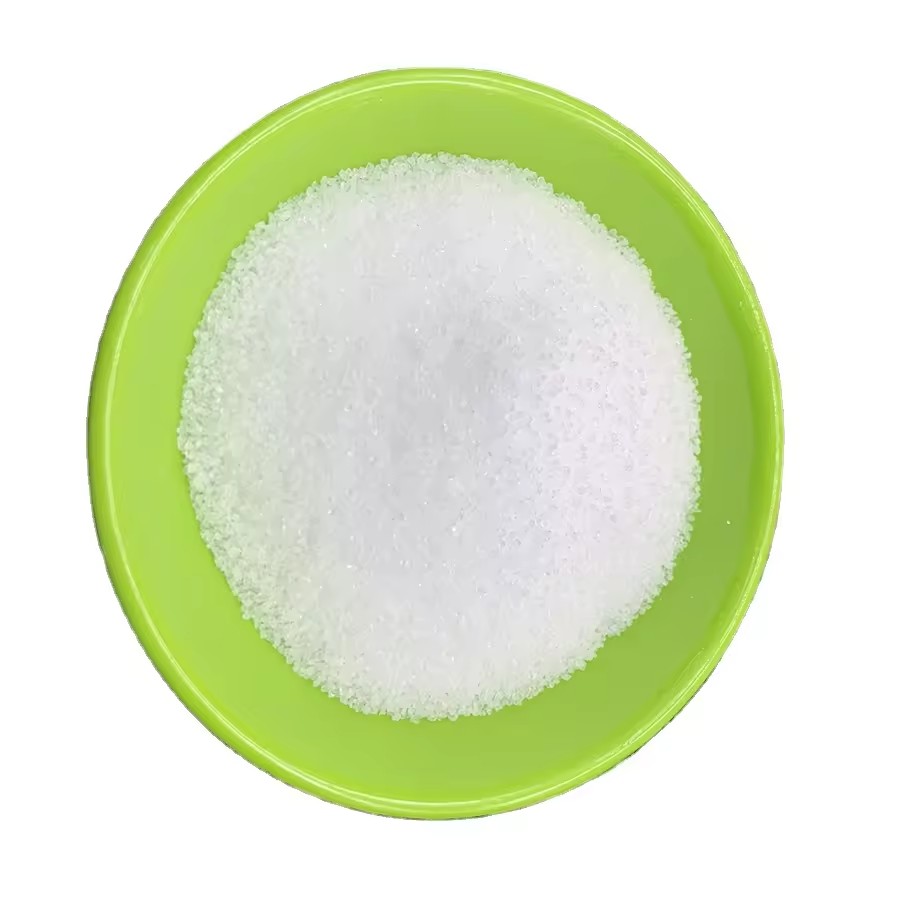-
Make a Call : +86 551 63500087
-
Get A Estimate : sales@gnfchem.com
What Are You Looking For?
What Are You Looking For?
Make a Call : +86 551 63500087
Get A Estimate : sales@gnfchem.com

Maltitol vs Maltodextrin
Jun 19, 2024Maltodextrin and maltitol are two common food ingredients that have different applications in the food industry. Here are the main differences between them based on search results:
Different sources of raw materials
Maltodextrin is usually made from amylopectin-containing corn, rice, etc. by an enzymatic process of low degree of controlled hydrolytic conversion, purification, and drying. Maltitol, on the other hand, is a dititol made from maltose by hydrogenation reduction, and its raw material is starch.
Compositional differences
Maltodextrin is a starch hydrolysate, not a food additive, but in GB2760 is not listed in the food ingredients. It has a filling and thickening effect, but is not a food additive. In contrast, maltitol is a kind of sugar alcohol obtained from the hydrogenation of maltose, with unique functionality, and there are two kinds of products in liquid state and crystalline state.
Functionality and use of different
Maltodextrin is mainly used for food additives, the role is mainly to thicken and enhance the emulsification effect, reduce costs and so on. It is widely used in beverage, frozen food, candy, cereal, dairy products, health products and other industries, but also can be applied to textile, daily chemicals, pharmaceutical production. Maltitol, on the other hand, is a kind of food raw material with health care effect, its market demand will be more and more big, mainly used in food with health care effect, such as candy, frozen food, fruit juice and so on.
Different effects on blood sugar
Maltodextrin in the human body almost completely can not be saliva, gastric juice, small intestinal membrane enzymes such as decomposition, in addition to intestinal bacteria can be utilized in part, the rest can not be digested and discharged from the body. Therefore, it is suitable for diabetic patients as it has less effect on blood sugar. Although maltitol is also difficult to digest and absorb, its sweetness is higher than that of maltodextrin, and its effect on blood sugar is also smaller, so it is commonly used in sugar-free food.
Price difference
Maltitol is usually more expensive than maltodextrin due to its complex production process, difficulty in purification, and unique functionality. For example, in farmers' markets, the price of common maltitol is about RMB 15 to 30 per kilogram, while the price of common sucrose products is about RMB 5 to 20 per kilogram.
In summary, maltodextrin and maltitol differ significantly in terms of raw material source, composition, functionality and use, effect on blood glucose, and price. These differences allow each of them to have its specific field of application in the food industry.
GNFCHEM is professional Food Additives manufacturer, please follows us and get more products catalogue and price!

Hi! Click one of our members below to chat on